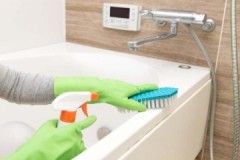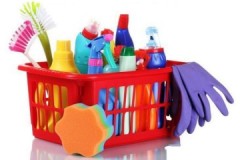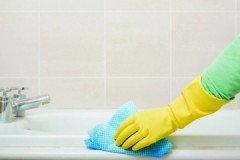Effective ways to clean the seams between tiles in the bathroom at home
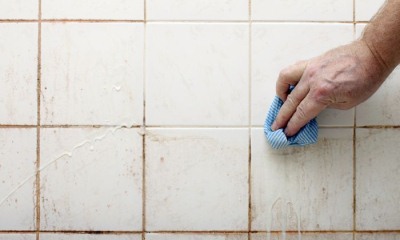 Constant humidity, a sharp change in air temperature and condensation on the walls in the bathroom - all this contributes to the fact that the joints between the tiles turn black very quickly, become covered with limescale, mold and fungus.
Constant humidity, a sharp change in air temperature and condensation on the walls in the bathroom - all this contributes to the fact that the joints between the tiles turn black very quickly, become covered with limescale, mold and fungus.
Returning cleanliness to the tiled surfaces in the bathroom will not be difficult, provided the correct methods are used.
How and what to clean the seams between the tiles in the bathroom (and not only), we will tell in the article.
Content
How to remove plaque with improvised means?
To clean the seams between the tiles quickly, efficiently and safely will help the tools at hand, which can be easily found in any home.
Table vinegar and baking soda
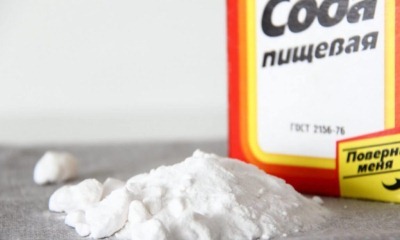 Baking soda is a natural abrasive that, in combination with table vinegar, will quickly and gently clean surfaces from dirt and mold.
Baking soda is a natural abrasive that, in combination with table vinegar, will quickly and gently clean surfaces from dirt and mold.
Algorithm of actions:
- In a clean glass container, combine soda and vinegar in equal proportions.
- The resulting mixture, using a toothbrush, is carefully applied to the seams between the tiles.
- After ten minutes, the cleaning mixture is washed off and the surfaces are wiped with a brush.
For particularly dirty areas, cleaning with baking soda and vinegar must be repeated two to three times.
Ammonia
Regular treatment with ammonia will help keep the joints clean for as long as possible.
Algorithm of actions:
- in two liters of water, dilute 2 tbsp. ammonia;
- the resulting solution is used to process the seams between the tiles (for convenience, the mixture is poured into a spray bottle);
- after fifteen minutes, the surfaces are thoroughly rinsed with clean water.
Soda, lemon, vinegar
Using just three ingredients - baking soda, lemon juice, and vinegar - you can make a great bleach.
Algorithm of actions:
- Mix 4 tbsp in a clean glass container.baking soda, 100 ml of freshly squeezed lemon juice and 50 ml of 9% vinegar. The resulting mixture is diluted with 1.5 liters of clean, cool water.
- Using a hard sponge, rub the seams with a cleaning compound.
In the process of combining soda, lemon and vinegar, a lush foam is formed, therefore it is better to knead the solution in a deep bowl.
Details of the process are in the video:
White
Not only to whiten, but also to remove all microbes and mold spores from the surface of tile joints under the power of Whiteness.
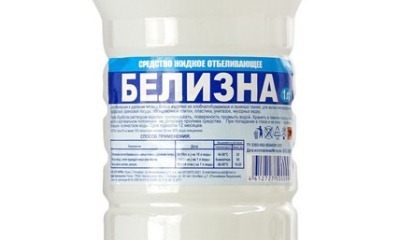 Algorithm of actions:
Algorithm of actions:
- whiteness is diluted with water (2 tablespoons of bleach is enough for 1 liter);
- the resulting solution is poured into a spray bottle, after which the seams between the tiles are carefully processed;
- after ten minutes, the treated surface is washed off with clean cool water.
In order to cleanse especially polluted areas, whiteness is mixed with baking soda (to a mushy mass). The resulting product is applied with a spatula to the tile joints. Fifteen minutes later, the mass is cleaned with a stiff brush.
Whiteness cannot be used to clean colored surfaces (color change possible). Also, cleaning using Whiteness is carried out only in a well-ventilated area, protecting the respiratory organs with a respirator or mask (bleach vapors are toxic).
Lemon juice, mustard, baking soda and toothpaste
This multicomponent product will not only lighten the seams, remove mold spores and dirt, but also degrease the surface.
Algorithm of actions:
- In one liter of water, dissolve 100 g of baking soda, 75 ml of freshly squeezed lemon juice, 1 tbsp. mustard powder and 1 tbsp. toothpaste.
- The resulting mixture, using a toothbrush, is smeared on the tile joints.
- After twenty minutes, the cleaned surface is thoroughly washed off with water.
How to wipe off with household chemicals?
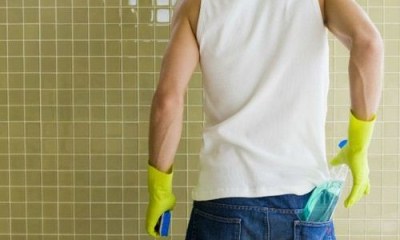 Those who believe that any first available household chemical can be used to clean the joints between the tiles. This is a serious misconception.
Those who believe that any first available household chemical can be used to clean the joints between the tiles. This is a serious misconception.
So for bleaching the seams on glossy glazed tiles do not use products that contain acid... The result of such cleaning will be a completely spoiled, tarnished tile.
Chlorine products are only suitable for white tiles. Do not use dry abrasive products for cleaning. Simultaneously with clean seams, the tiled surface will acquire deep scratches and abrasions.
When choosing a means for whitening tile joints, special attention is paid to the consistency of the composition. A great option is thick emulsions or sprays... They do not run down the surface, but penetrate deeply into the grout and effectively fight mold and dirt.
Chlorine-containing products
TOP-3 popular chlorine-containing products:
MELLERUD
The cleaning agent clean the tile joints as quickly and efficiently as possible. Depending on the degree of pollution, the composition is applied both in pure and diluted form (proportion 1: 3).
The average cost is 530 rubles. (volume 500 ml).
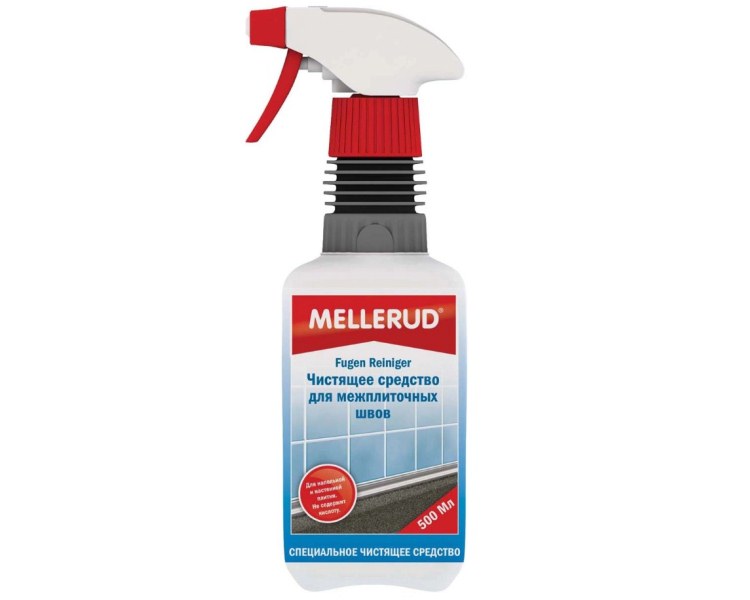
Domestos Professional Grout Cleaner
Effective joint cleaner. Suitable for all types of tiles. Does not run down the surface. Removes dirt, grease, foci of mold and mildew.
Mode of application: shake the bottle, apply the product to the dirt, rinse off after five minutes... The average cost is 500 rubles. (volume 750 ml).
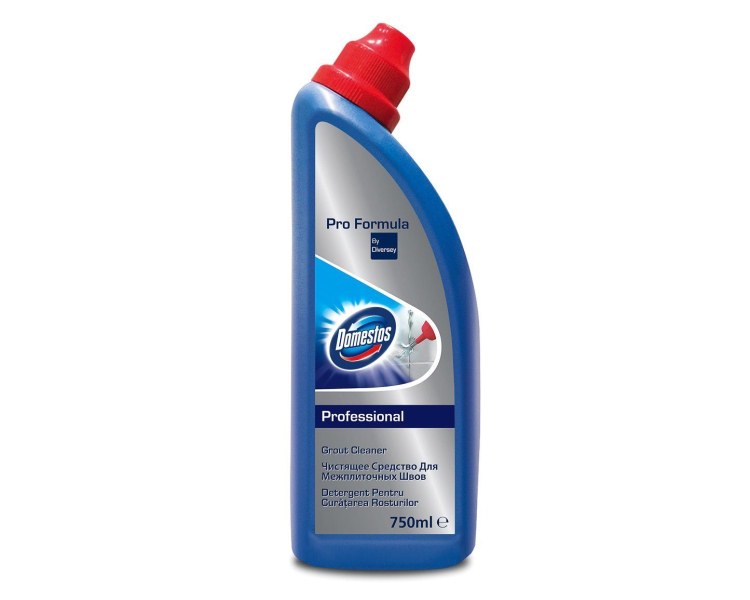
Clean seam MasterGood
An effective chlorine-based product will quickly remove plaque, mildew, mold and other contaminants from the inter-tile space.
The average cost is 240 rubles. (volume 500 ml).
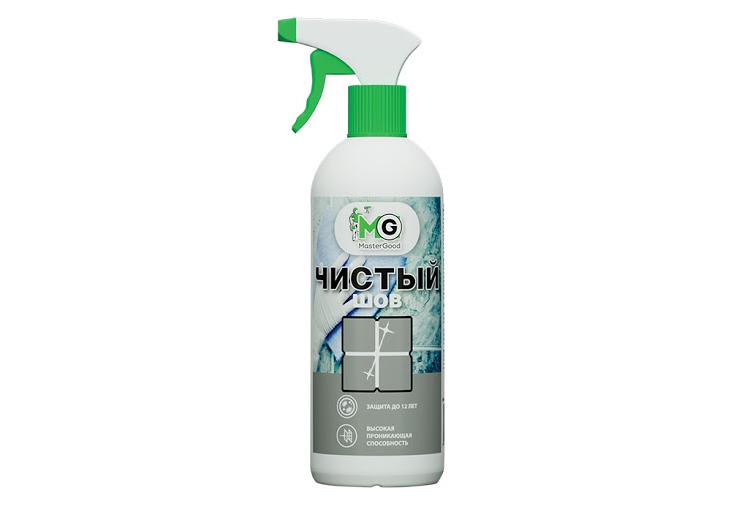
Whitening pencil
TOP-3 best pencils for whitening tile joints:
Bradex "Snowball"
In a matter of minutes, it will return the lost whiteness to a yellowed space... The pencil contains a special waterproof ink with a transparent effect. Covering the seams with a thick, dense, even layer, they cover any stains, traces of mold, dirt.
The average cost is 200 rubles.
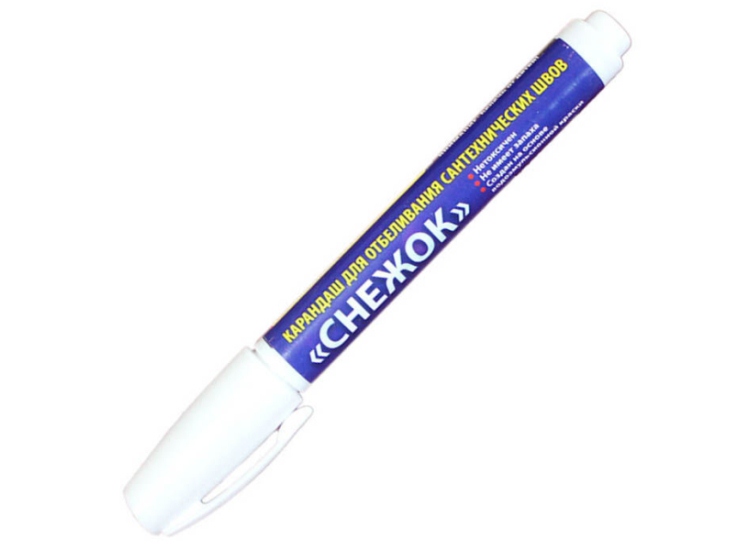
Grout-Aide
Convenient and easy to use. It is enough to lightly press and draw a line of the required length with a pencil (paint is enough for 50 meters of seams). Shake the marker well before use.
After drying, the snow-white line completely masks any dirt and traces of mold. The pencil is moisture resistant.
The average cost is 500 rubles.
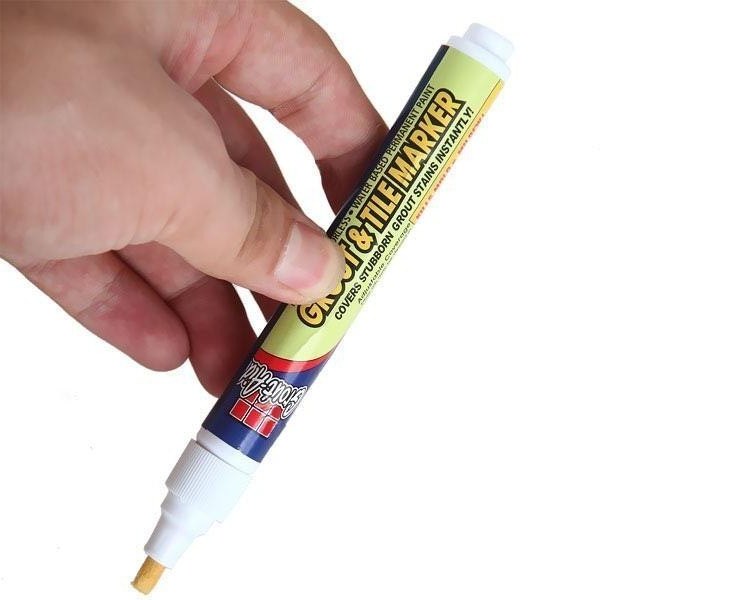
Grout marker Edding
Waterproof ink covers the inter-tile space in a dense layer, restoring the original whiteness of the seams. Odorless, does not smudge on the surface, dries quickly.
For the best result, before use, the pencil is placed with the tip down, slightly pumped up and down, after which the marker is ready for use.
The average cost is 450 rubles.
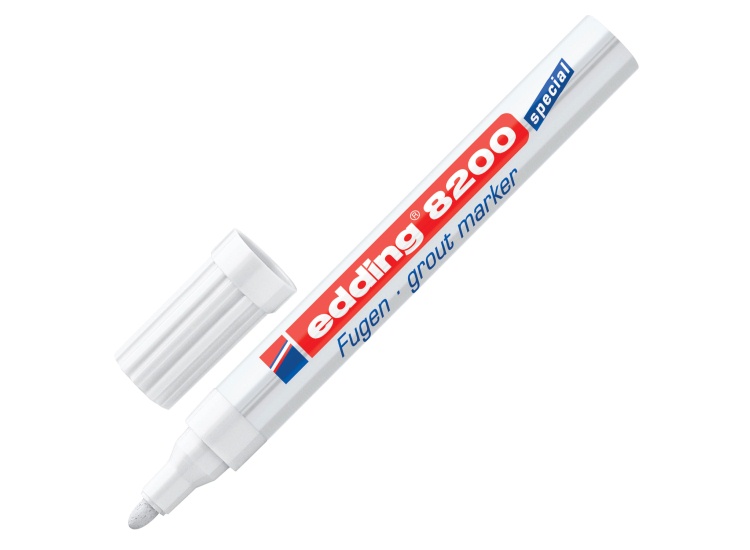
Oxygen bleach
TOP-3 effective oxygen bleaches:
Persol
Powdered active oxygen bleach will easily clean any contamination from tile joints.
Average cost - 10 rubles. (weight 10 gr).
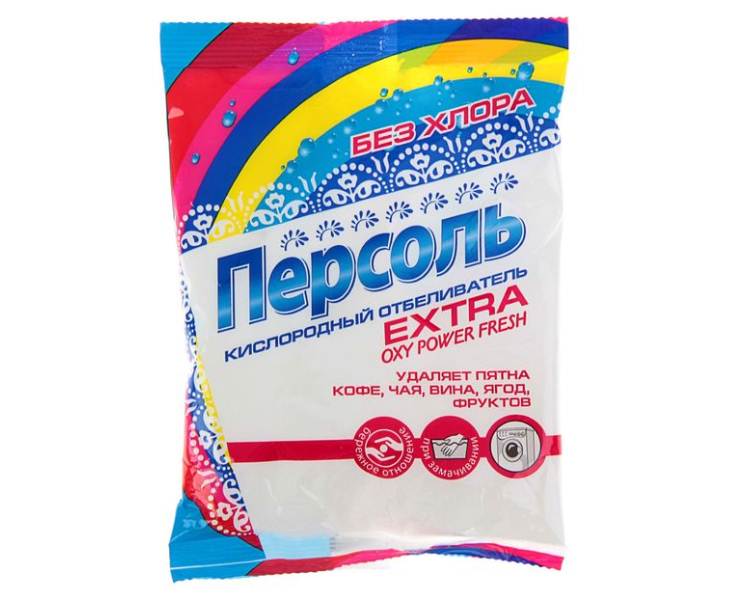
OTSU O2 Power
Oxygen bleach does not contain chlorine... Gently cleans surfaces between tiles made of natural materials (marble, granite). Removes stubborn dirt, eliminates foci of mold and mildew.
The average cost is 440 rubles. (weight 1000 gr).
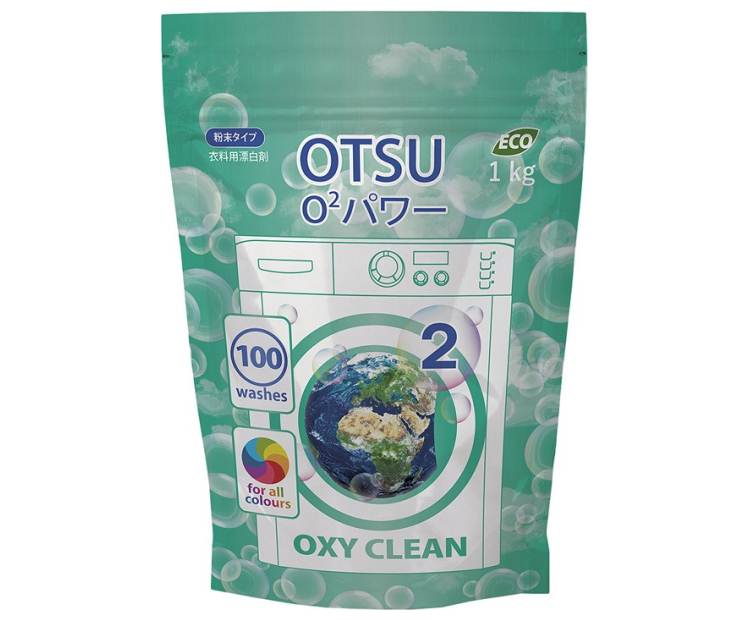
LION Clean Plus
An effective agent against dirt on tile joints. Contains soda.
For cleaning, it is enough to dilute dry bleach powder with water to a thick paste, and then carefully treat the dirt. After waiting one to two hours, the surfaces between the tiles are washed off with warm water.
The average cost is 600 rubles. (weight 1.05 kg). The reviews can be found here.
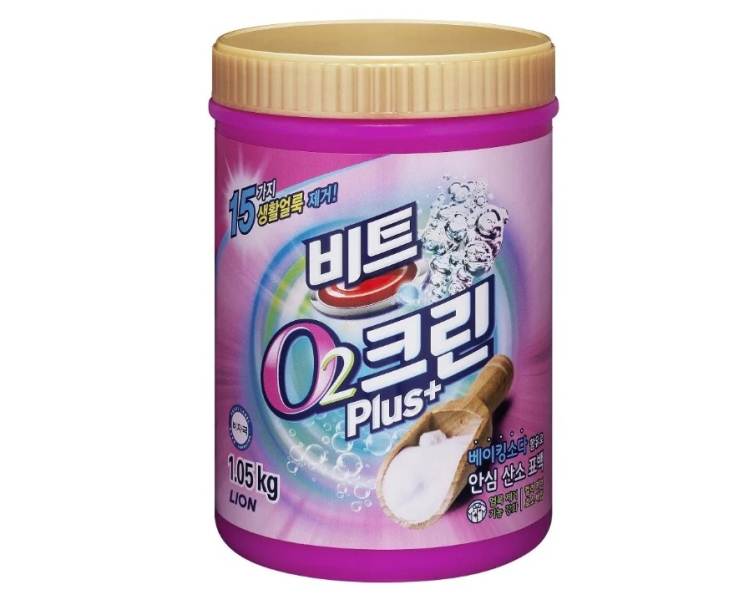
Before applying any chemical to the tile joints, it must be tested on a small, inconspicuous area.
Cleaning the inter-tile space with a steam cleaner
Steam treatment of joints between tiles will help to quickly remove not only dirt, but also foci of mold and mildew.
You will need a steam cleaner for cleaning. It can be purchased at a hardware store or rented from specialized rental centers. When choosing a unit for cleaning, it is necessary to check that a special small nozzle with a brush is included in the package.
Cleaning the joints between tiles using a steam generator is simple:
- Following the manufacturer's instructions, the device is prepared for use. For this, a special reservoir is filled with clean water up to the maximum mark. There is no need to add detergents to the steam cleaner!
- The device is connected to the network and heated to operating temperature (in the instructions, the manufacturer indicates the exact waiting time for the required water heating).
- Using a small brush head, the seams are steamed. It is better to start cleaning from the corner, gradually moving from one wall to another.
- After cleaning, the seams and tiles are wiped with a dry cloth or paper towels (during the cleaning process, the steam cleaner leaves wet marks).
The process of cleaning the tile joints is presented in the video:
Mechanical methods
When folk and special remedies were powerless in the fight against mold stains and dirt, mechanical cleaning methods will help to restore the whiteness of the tile joints:
- Sandpaper... The dirt is cleaned with a fold of sandpaper, after which the surfaces between the tiles are wiped with a damp cloth or sponge.
- Metal brush... Contaminated areas are removed with a stiff metal brush, after which the already cleaned surface is wiped with a damp sponge.
- Construction scraper... It is used as a last resort when other methods have not led to the desired purity result. With a scraper, gently scrub the grout joints, trying not to touch the layer of tile adhesive, after which a new layer of grout is applied.
The cleaned inter-seam space must be treated with an anti-mold composition. This will prevent future black spots from appearing.
Use of paint
Painting is the easiest and fastest way to renew tile joints. For work, you can use lime, water-based paint or special dyes.
So that the paint lies flat staining of the seams is carried out according to the following algorithm:
- the surface between the tiles is thoroughly cleaned with sandpaper or a stiff brush;
- the paint is applied with a thin brush to dry, prepared surfaces;
- if, through negligence, paint gets on the tile, it must be immediately wiped off with a soft cloth;
- twenty-four hours after staining, you can evaluate the result of the work;
- if necessary, the unfilled areas of the tile joints are painted over again.
Silicone transparent sealant, which is used to cover the already painted joints, will help to maximize the renewal effect of painting.
How and what to paint the seams between the tiles, the video will tell you:
Prevention measures
It is possible to preserve the cleanliness of the tile joints as long as possible, subject to certain recommendations.
It is also necessary to remember that regular maintenance of tiles and joints, timely removal of the smallest dirt will help keep the surface clean for the longest possible period of time.
Advice
Knowing the intricacies of the process of cleaning the joints between tiles will help achieve maximum cleanliness results quickly and effortlessly:
 Treatment of seams with a carbonated drink of Coca-Cola or Pepsi will help to quickly cope with yellow bloom and dark spots (exposure time no more than thirty minutes).
Treatment of seams with a carbonated drink of Coca-Cola or Pepsi will help to quickly cope with yellow bloom and dark spots (exposure time no more than thirty minutes).- The melamine sponge will help to deal with lime deposits, rust and mold that have settled in the tile joints. It is enough to moisten a piece of sponge with water and actively, with pressure, wipe the contaminated surface. After that, the particles of the sponge along with the dirt are simply washed off with water.
- An iron with a steaming function can replace the steam generator when cleaning tile joints.
The joints between natural stone tiles (marble, granite, travertine) can only be cleaned with a neutral pH level. Acidic compounds corrode not only the dirt on the grout, but also the surface of the tile itself.
All the most important and useful information about bathroom cleaning is collected in this section of the site.
Conclusion
A little patience, time, the right product, and the seams between the tiles in the bathroom shine again.

